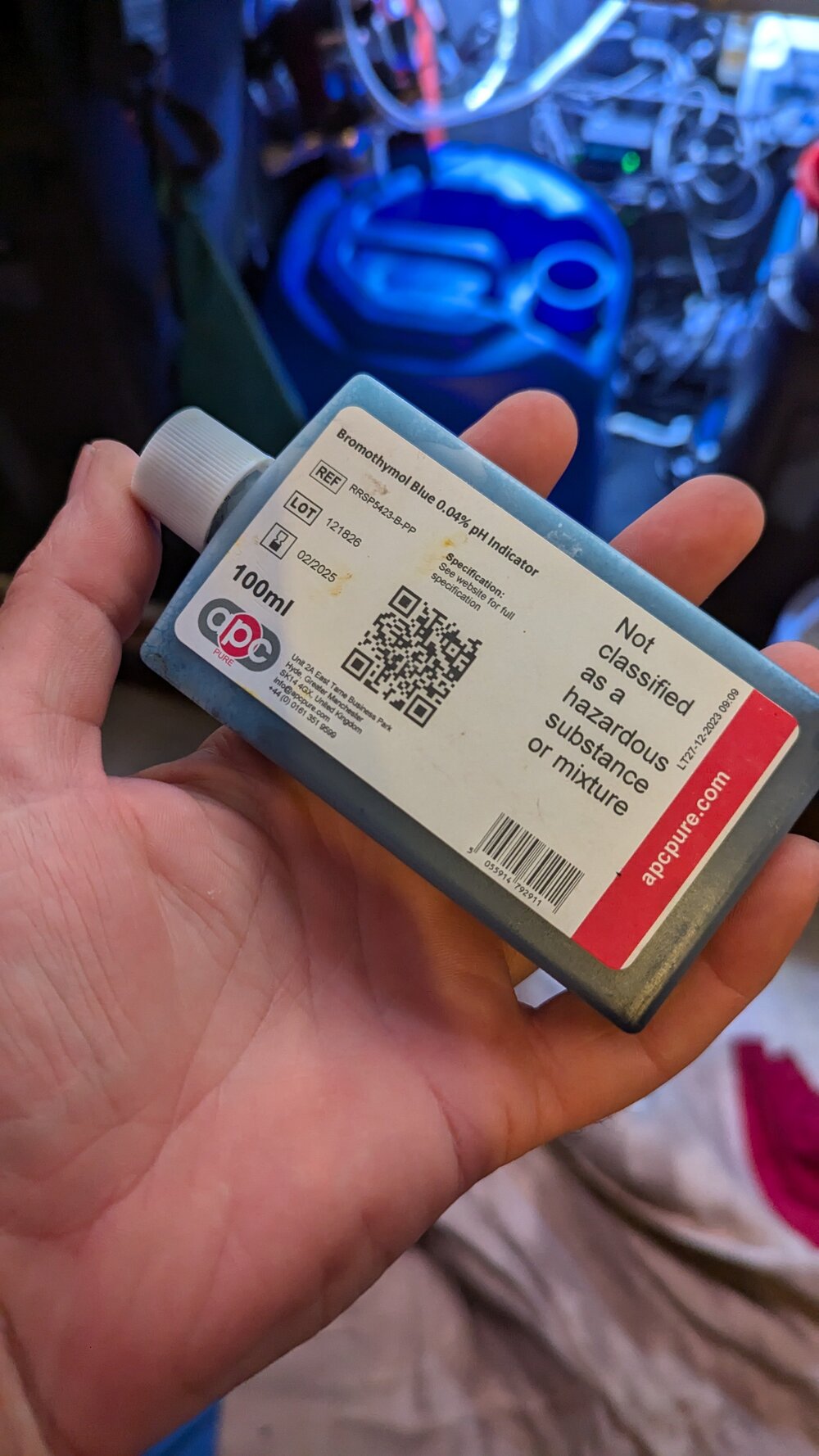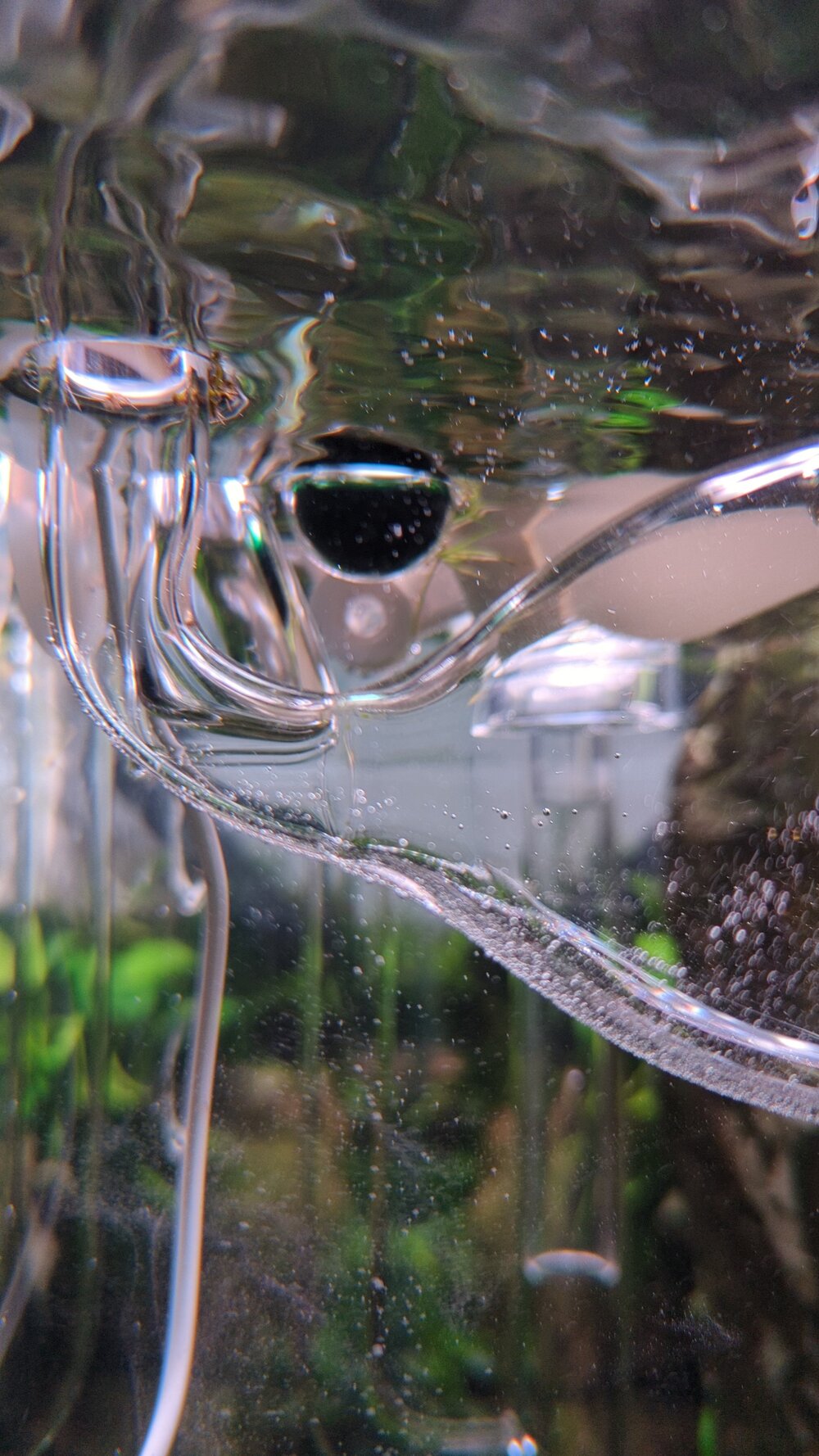Just swapped over to APC brand of bromothymol blue but it seems the mix is too strong? VERY dark blue, green, almost difficult to distinguish between them as so dark.
I've tried diluting it but it's not working like the "aquarium one" so it hit or miss on colour change.
I've tried the old one again and it fine.
No info on the web site, but it's made for scientific use not aquariums. I thought it was all the same stuff at 0.04%??
 apcpure.com
apcpure.com
Does it need dilution?
I've tried diluting it but it's not working like the "aquarium one" so it hit or miss on colour change.
I've tried the old one again and it fine.
No info on the web site, but it's made for scientific use not aquariums. I thought it was all the same stuff at 0.04%??
APC Pure | Product | Bromothymol Blue Indicator Solution
Buy Bromothymol Blue Indicator Solution from APC Pure Ltd, the UK's largest diagnostic manufacturer and chemical retailer for science, education and industry.
Does it need dilution?





